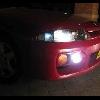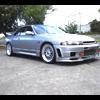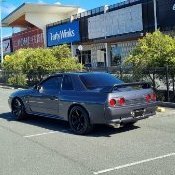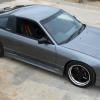Announcements
-
Similar Content
-
Latest Posts
-
Yep sure does . Comes on primes and cuts off as a factory pump would
-
By Dose Pipe Sutututu · Posted
And I hope the relay receives the trigger signal from the ECU and not the ignition power. It should prime and stop if the motor isn't running. -
I disconnected before the fuel pump and restriction still there. Disconnected at turbosmart fpr and also after ethanol sensor and pressure dropped. No kinks in line but I found one spot above diff that I can hear the fuel flowing while running so I'm wondering if there is built up corrosion from 10 years of sitting. I had injectors cleaned and tested and one was dead but rest were fine. Was never an issue when I owned the car previously but I'll talk to jez about his thoughts on if they should be changed to newer tech. Thx guys at least I know the setup should work again. Pump is wired directly to relay and not using factory plug any more




![[SKYHI]](http://saufiles.s3.ap-southeast-2.amazonaws.com/monthly_2022_12/DSC00168.thumb.jpg.a90d7ff08652d4dc85ab9b2ff27dade7.jpg)




Recommended Posts
Create an account or sign in to comment
You need to be a member in order to leave a comment
Create an account
Sign up for a new account in our community. It's easy!
Register a new accountSign in
Already have an account? Sign in here.
Sign In Now